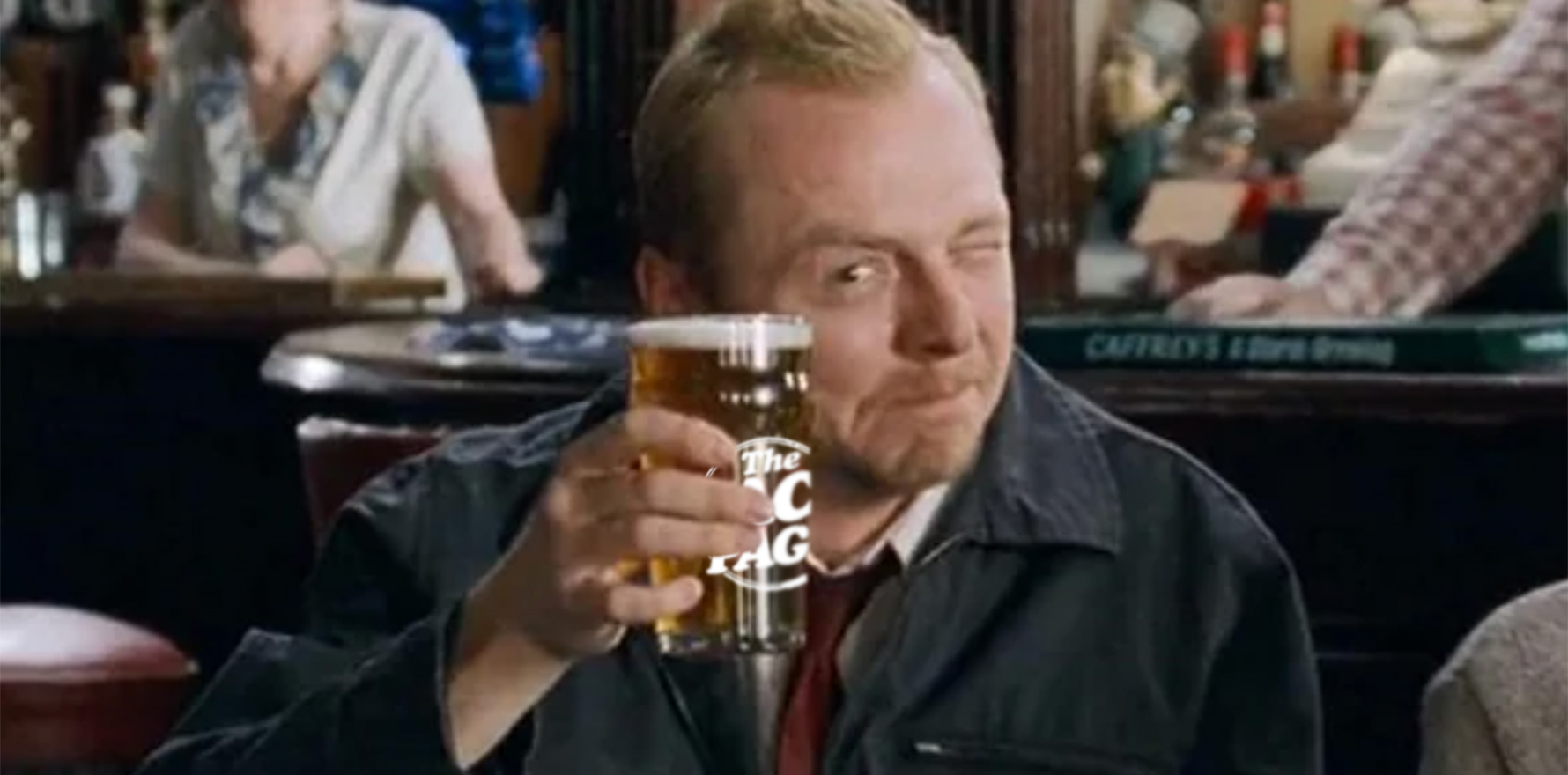A world without pints sounds pretty morbid, lonesome and drear, if you ask me.
“Let’s go to the Winchester, have a nice cold (half-)pint, and wait for this all to blow over.”
While the attitudes of Aussies and the British vary on certain topics (cricket, Neighbours and dental hygiene, to name a few), there’s one thing we all typically enjoy: having a beer.
Beers across the two nations are sold in a variety of sizes, strengths and flavours – but the love of a pint (570ml of golden glory) is almost universal.
(Except in South Australia, where a pint is called a “big boy”, and a schooner is a pint. The Croweaters should stick to wine, methinks.)
Yet for all its beauty and wonder, alcohol consumption has long been linked to premature mortality and preventable deaths, meaning finding effective ways to reduce alcohol consumption at a population level is pretty important.
Researchers and policymakers have studied and debated several different ways to influence how much alcohol people drink, including increasing the price and controlling how alcoholic beverages can be marketed or licensed.
Another option is to change the serving sizes of alcoholic beverages sold in bars, pubs and restaurants – such as taking the pint off the menu and replacing it with a half- or two-thirds pint – in an attempt to reduce the total volume of beer, lager and cider that is sold and consumed.
This approach was used by a team of UK researchers from Cambridge University in their recent study, published in PLoS Medicine.
Researchers contacted over 1700 licensed venues across England and invited them to participate in their 12-week study, where they were asked to stop selling pints for a month in the middle so the team could see what would happen to sales during this period.
Unsurprisingly, just 13 venues said yes to participating – a recruitment rate of less than 1%.
Even more unsurprisingly, one of the 13 pubs was naughty and continued to sell pints when they weren’t supposed to. They were excluded from the main analyses.
After running a complicated statistical model that accounted for the effects of factors such as the day of the week, the temperature and whether there was a special event happening (e.g., St Patrick’s Day), researchers found that the average pub sold 9.7% less beer per day when pints weren’t on the menu than when they were.
But before you put the champagne on ice to celebrate their success, it’s important to put these results in context.
The 9.7% drop translates to 2769ml less beer being sold on the average day. Those who are quick on the maths will realise this is roughly equivalent to five pints – so while the intervention worked, it didn’t have a huge impact.
The effectiveness of the intervention was potentially limited by the fact that the average number of other serving sizes of beer, namely half-pints, increased – meaning people were still drinking beer, albeit out of a smaller container.
Furthermore, the wine buffs came out somewhat, with the average pub selling an additional 232ml of wine each day they couldn’t sell pints. While this only translates to one additional large glass of wine sold per day, it still means people were drinking alcohol.
Researchers felt the findings could be explained by people monitoring their alcohol consumption by how many physical drinks they consume, rather than tracking alcohol content and counting the number of standard drinks they have.
“If patrons ordered a preset number of beer servings, regardless of size, with less alcohol per serving in the two-thirds pints, they would purchase less overall,” they wrote.
“After accounting for the small increase in wine sales, the intervention therefore still resulted in approximately 10 fewer units of alcohol being sold per day by each premises.
“Given that no level of alcohol consumption is currently considered sage for health, such a reduction could meaningfully contribute to population health.”
However, researchers were not able to determine if customers counteracted the removal of pints by drinking stronger (more concentrated) beers or by drinking more at home before heading to the pub.
Unfortunately for the researchers, the intervention didn’t stick. All the venues went back to serving pints as soon as they were allowed.
“Without regulation, this intervention is most unlikely to be implemented. Regulation to implement it will – understandably – meet resistance from the alcohol industry,” the researchers concluded.
Send pint-sized story tips to penny@medicalrepublic.com.au


